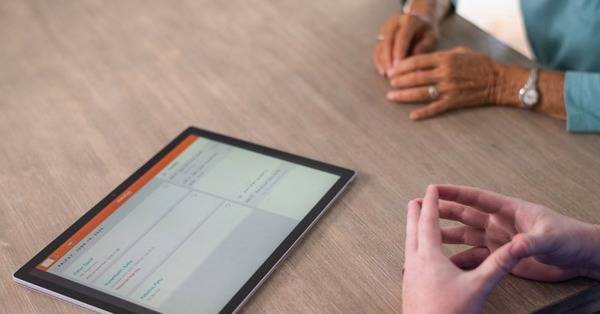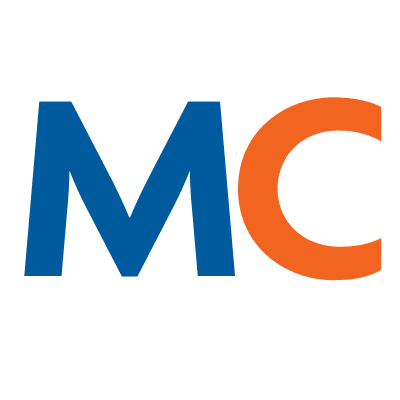- Solutions
- Solutions
- Home Health
- Hospice
- Life Plan Community
- Palliative Care
- Private Duty
- Senior Living
- Skilled Nursing
- Skilled Nursing
- Skilled Nursing Software
- Advanced Insights
- Customer relationship management
- Data and analytics
- Financial & operations management
- Marketing
- Nutrition management
- Referral management
- Regulatory compliance
- Retail management
- Resident engagement
- Revenue cycle management
- Skilled nursing interoperability
- Partners
- Blogs
- Resources
- About
- User Conference

Why is infection control important for life-plan communities?
Although the Centers for Medicare & Medicaid Services (CMS) requires that life plan communities have infection control policies in place, many still struggle with this task. So, why is infection control important, and what can leaders of these organizations do to take greater control of this key factor in resident care?
Understanding infection control within life plan communities
Infections are a concern in any facility that provides patient or resident care. Germs are more prevalent in these environments than most others, leaving already susceptible residents even more in danger of acquiring healthcare-acquired infections (HAIs). And the risk is even greater in post-acute care settings. These facilities typically care for older adults, who are even more at risk given the declining effectiveness of their immune systems.
Whether acquired in a facility or not, infections can be costly to both outcomes and an organization’s overall viability. Uncontrolled infections can lead to higher hospitalization rates, which could directly affect a facility’s reputation and ability to attract new residents and maintain referral partnerships. The failure to meet value-based care benchmarks could also directly affect revenue by reducing CMS reimbursement.
Of course, infection control is also mandated by CMS rules for all LPCs, with citations given to those that fail to comply. This includes the development of a formally defined infection control program “that includes an antibiotic stewardship component and employs a trained infection preventionist (IP),” as the authors of a policy study published in INQUIRY define it.
On top of all that, putting in place an effective infection control policy can help to boost efficiency by simplifying workflows. And, because it reduces the time needed to manage infection-adjacent information on an interdisciplinary level, infection control can also boost collaboration and even improve staff satisfaction.
Using technology for better infection control
Today, advancements in technology have put effective infection control within the grasp of virtually any facility. Leveraging the power of data and analytics, infection control tools can now easily integrate with an organization’s EHR system to help ensure that each provider and administrator has the information needed to detect, track and manage infections, all with minimal labor.
By leveraging new infection tracking and surveillance tools, like those offered by MatrixCare, organizations can:
- Easily launch formal infection surveillance inquiries and track symptoms for residents with suspected infection
- Quickly and accurately track antibiotic usage on an individual basis, or broken down by units, facilities and cohorts
- Create specific workflow tasks to simplify and automate certain aspects of documentation
- Set up notifications, alerts and reminders to better track each resident’s symptoms and trends, and help ensure action is taken when needed
For organizations that do choose to utilize an infection control tool, it’s important to make sure that it not only meets their specific operational needs, but is also robust enough to enable detailed, effective management of infections and suspected infections across entire populations. The most important criteria to look for include:
- Accuracy. The integration of McGeer data can help users more accurately identify types of infection and better avoid misdiagnosis.
- Comprehensiveness. Users should have the ability to keep a more complete record of a resident’s infection status by logging relevant info like X-rays and culture samples, known risks of cross contamination, and whether a resident has been in contact with another infected person. A designated follow-up option should also be available so providers can add post-treatment notes and summaries for future reference.
- Communication and care coordination. The ability to send interdisciplinary notes across the organization can help ensure that everyone along the care continuum has the information they need to ensure the best possible care, when they need it.
- Efficiency and ease of use. Important data and trends should be available in the form of colorful, easy-to-scan charts and graphs to communicate key info more quickly to leaders and care providers.
- Productivity. To best manage facility resources — and make the best use of their time — users should have the ability to quickly see all infections by unit, or break down data by criteria like number of infections, percentage by infection by site and incidence rate per 1,000 residents on a monthly, quarterly, or annual basis.
Improve your facility’s infection control efforts with MatrixCare
MatrixCare’s infection control tools are designed to provide facilities with all the benefits above, and then some. By integrating easy and effective infection control functionality into their organization’s EHR system, leaders can better meet CMS mandates while actively improving outcomes, efficiency and staff satisfaction.
We also offer the option of Training Assurance Plus (TAP) for more hands-on guidance on the best use of this infection control function, as well as every other aspect of the MatrixCare platform. It’s a budget-friendly way to help make sure that facilities receive every reimbursement dollar that they’re owed, as well as protect against data loss from staff turnover, keep up with software updates, and ensure that systems are always updated with the latest fee schedule data.
And if you’re a MatrixCare customer not taking advantage of all the features in your EHR, you could be missing out on opportunities to improve processes and workflows and grow your business. Click here to learn how we can help you make the most of your MatrixCare investment.
Request a demo today for a closer look at MatrixCare.
See what MatrixCare can do for you
Tina Doerr
Tina is currently a Product Manager with MatrixCare Life Plan Communities. She has served at MatrixCare for 9 years as a Software Implementation Consultant and Business Analyst. She is primarily responsible for launching new products and services while managing various teams and projects using agile development tools to maximize success and satisfaction. Tina started her path in healthcare more than 30 years ago working as a Physician Assistant and Pharmaceutical Tech for an Internal Medicine and Geriatric provider clinical in rural Missouri.
Related Posts



See MatrixCare in action
Start by having a call with one of our experts to see our platform in action.
MatrixCare offers industry-leading software solutions. Thousands of facility-based and home-based care organizations trust us to help them improve efficiency and provide exceptional care.
© 2025 MatrixCare is a registered trademark of MatrixCare. All rights reserved.




